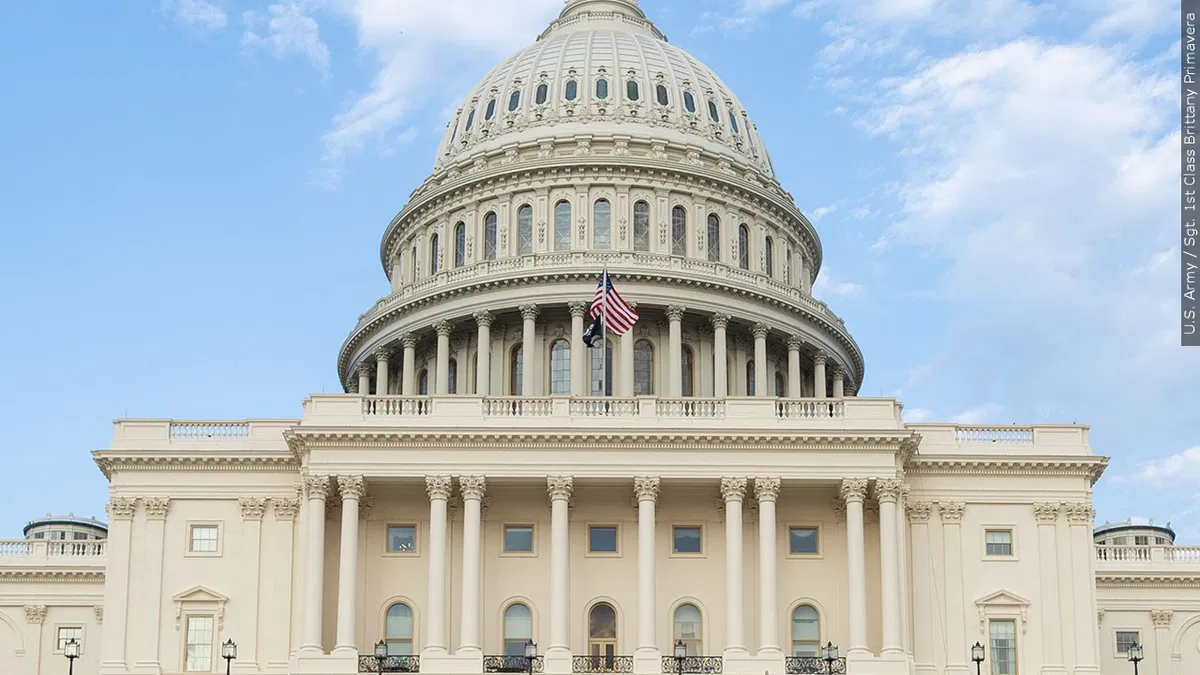Copyright news18

The Kerala government has signed a Memorandum of Understanding (MoU) with the Narendra Modi government to join the PM SHRI scheme, despite earlier opposition. This is a significant policy reversal, since Kerala had earlier resisted the PM SHRI scheme and raised concerns about the implications of National Education Policy (NEP). Kerala Education Minister V Sivankutty has clarified that states under the NEP / PM SHRI scheme retain authority to publish textbooks and design curricula, keeping the state’s educational autonomy intact. What is The PM SHRI Scheme? The PM SHRI (Prime Minister Schools for Rising India) scheme is a centrally sponsored initiative launched by the Union government in 2022 to upgrade existing schools across the country into model institutions of excellence. The scheme aims to strengthen infrastructure, teaching methods, and digital learning in schools affiliated with the Central Board of Secondary Education (CBSE), state boards, and Kendriya or Navodaya Vidyalayas. PM SHRI schools are envisioned as “exemplary schools” that reflect the core principles of the National Education Policy (NEP) 2020 — focusing on experiential learning, skill-based education, and holistic student development. The Centre has announced that around 14,500 schools nationwide will be developed under the scheme in collaboration with respective state governments. The Memorandum of Understanding (MoU) between the Centre and a state government serves as the formal agreement enabling the implementation of PM SHRI in that state. By signing the MoU, a state allows certain selected schools within its jurisdiction to receive central assistance for infrastructure upgrades, teacher training, smart classrooms, and green-school initiatives. Importantly, the MoU outlines roles and responsibilities — while the Centre provides financial and technical support, the state continues to manage day-to-day administration and policy decisions. However, the agreement also implicitly aligns the participating schools with NEP’s structural goals, such as introducing flexible curricula and competency-based learning models, which is why some states, including Kerala, were initially hesitant to sign it. How Did Kerala Change Stance On NEP implementation? Kerala’s decision to sign the Memorandum of Understanding (MoU) with the Centre under the PM SHRI scheme marks a major policy shift after years of resistance to the National Education Policy (NEP) 2020. For long, the state government — led by the Left Democratic Front (LDF) — had argued that the NEP undermined federal principles and threatened the autonomy of state education systems. However, a combination of financial and administrative realities gradually forced a rethink. Central funds for key programmes like the Samagra Shiksha Abhiyan were reportedly withheld because Kerala had not joined PM SHRI, creating funding constraints for school infrastructure and development projects. The pressure to secure these funds became one of the key drivers behind the government’s U-turn. Another factor influencing the shift was the assurance that signing the MoU did not mean Kerala was adopting the NEP in full. State Education Minister V Sivankutty clarified that the agreement would only allow Kerala schools to benefit from central funding and infrastructure upgrades, while the state’s own curriculum and textbook autonomy would remain untouched. This assurance helped the government present the move as a pragmatic administrative step rather than an ideological compromise. At the same time, the decision was shaped by mounting political and public expectations around improving school facilities. With PM SHRI promising to transform existing schools into “model institutions” equipped with modern infrastructure and technology, the Kerala government faced growing pressure not to let ideological rigidity block tangible benefits for students and teachers. The leadership calculated that it could join the scheme while still safeguarding its educational identity and resisting unwanted curricular changes. Ultimately, the shift reflects Kerala’s attempt to reconcile its ideological opposition to centralisation with the pragmatic need to secure funds and maintain progress in public education. Cracks In LDF Over Kerala Embracing NEP Kerala’s decision to sign the MoU with the Centre under the PM SHRI scheme has triggered visible cracks within the ruling Left Democratic Front (LDF), exposing deep ideological divisions over the National Education Policy (NEP). While Chief Minister Pinarayi Vijayan and Education Minister V Sivankutty have defended the move as a “practical administrative step,” several LDF allies have accused the CPI(M)-led government of betraying its long-held stance against the NEP. The Communist Party of India (CPI), the second-largest partner in the coalition, has been the most vocal critic. CPI general secretary D Raja publicly rebuked the state government, calling the NEP a “dangerous and divisive policy” that aims to “saffronise education and centralise control.” He questioned why a Left government that had so strongly opposed the policy in Parliament and public forums would now “lend legitimacy to the very scheme it once rejected.” Within Kerala, CPI state leaders also expressed discontent, arguing that the government’s decision was made without sufficient consultation within the alliance. Senior CPI leader C. Divakaran told local media that “the LDF had taken a collective decision to oppose the NEP in principle, and no single party should deviate from that position for administrative convenience.” Similar sentiments were echoed by student and teacher wings affiliated with the Left bloc, including the All India Students Federation (AISF), which accused the government of sending mixed signals to the public by simultaneously opposing and cooperating with the Centre on education reforms. These reactions reflect a growing unease that Kerala’s participation in the PM SHRI scheme could blur the ideological distinction that the LDF has long maintained on education policy. In response, the CPI(M) leadership has attempted to contain the backlash by clarifying that the MoU is not an endorsement of the NEP itself. Education Minister V. Sivankutty said, “Kerala’s education model will not be compromised; joining PM SHRI does not mean we are implementing the NEP.” He added that the state “can withdraw from the agreement at any time if its interests are harmed.”



